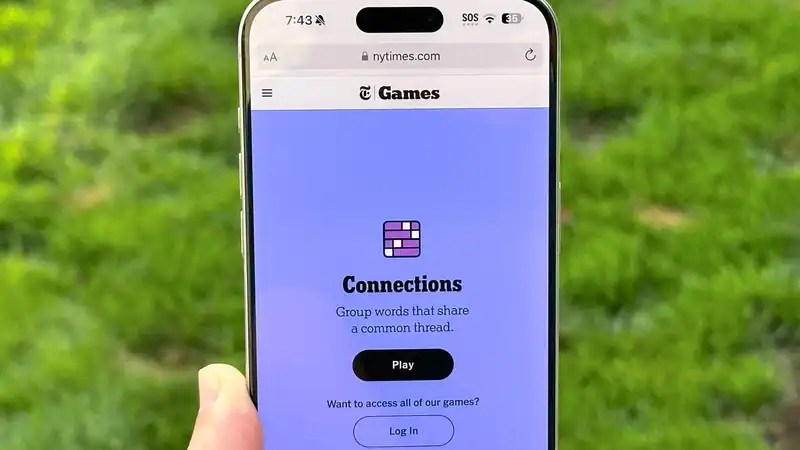Google's email service turned 20 years old when it launched on April 1, and at the time many thought it was an April Fool's joke In the years since, Gmail has taken the email world by storm and proved to be no laughing matter
To celebrate, Google is officially enforcing its previously announced security rules for its email platform While the security rules may not sound very fun and exciting, they are intended to make Gmail safer and more comfortable to use
Starting yesterday (April 1), several new rules will go into effect for Gmail These are the actual rules that you will need to follow if you want to continue using Gmail
Basically, Google is now enforcing Bulk Sender Rules designed to crack down on the amount of spam being sent through its email service All bulk senders must authenticate their email using "established best practices" These include domain-based message authentication, reporting and conformance, DomainKeys Identified Mail, and the Sender Policy Framework, among others Google's Neil Kumaran said this will help "everyone who uses email and close loopholes that can be exploited by attackers to threaten anyone who uses email"
For legitimate marketers, all of this should be done as a matter of fact, so nothing should change But for sketchy spammers, these checks are rarely done, so their emails are stopped before they are sent and never reach your inbox (not even in your spam folder)
As with most security measures, there are ways to bypass these protections, but anything that can stop the spread of spam and malicious email is a good thing
Google will mandate a one-click unsubscribe option for all mass senders beginning June 1 This will save time by eliminating the need to click through 15 different options to be removed from email lists
According to The Signal, Google is implementing several rules that apply to more than just mass senders For example, the company has enhanced email encryption when emails are sent through different providers With Transport Layer Security (TLS), the content of the email remains encrypted no matter which email provider the recipient uses
Two-step verification will also be Gmail's default This change will make phishing attacks, unauthorized access, and spoofing attempts more complex
Password alerts and security checkup tools are also part of Google's further push into security, helping all Gmail users stay safe










Comments